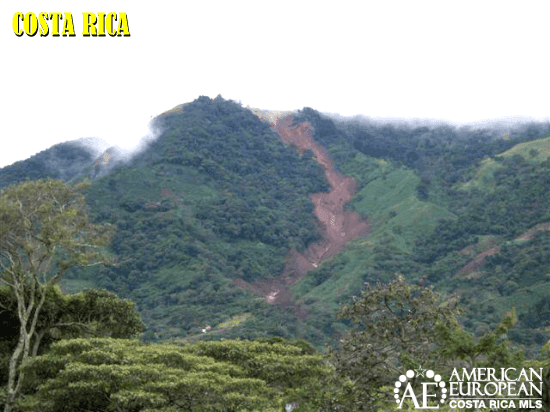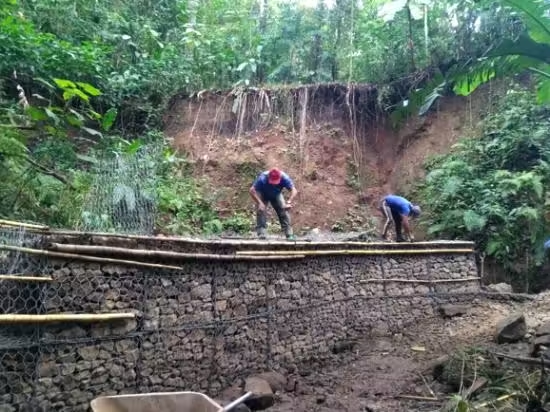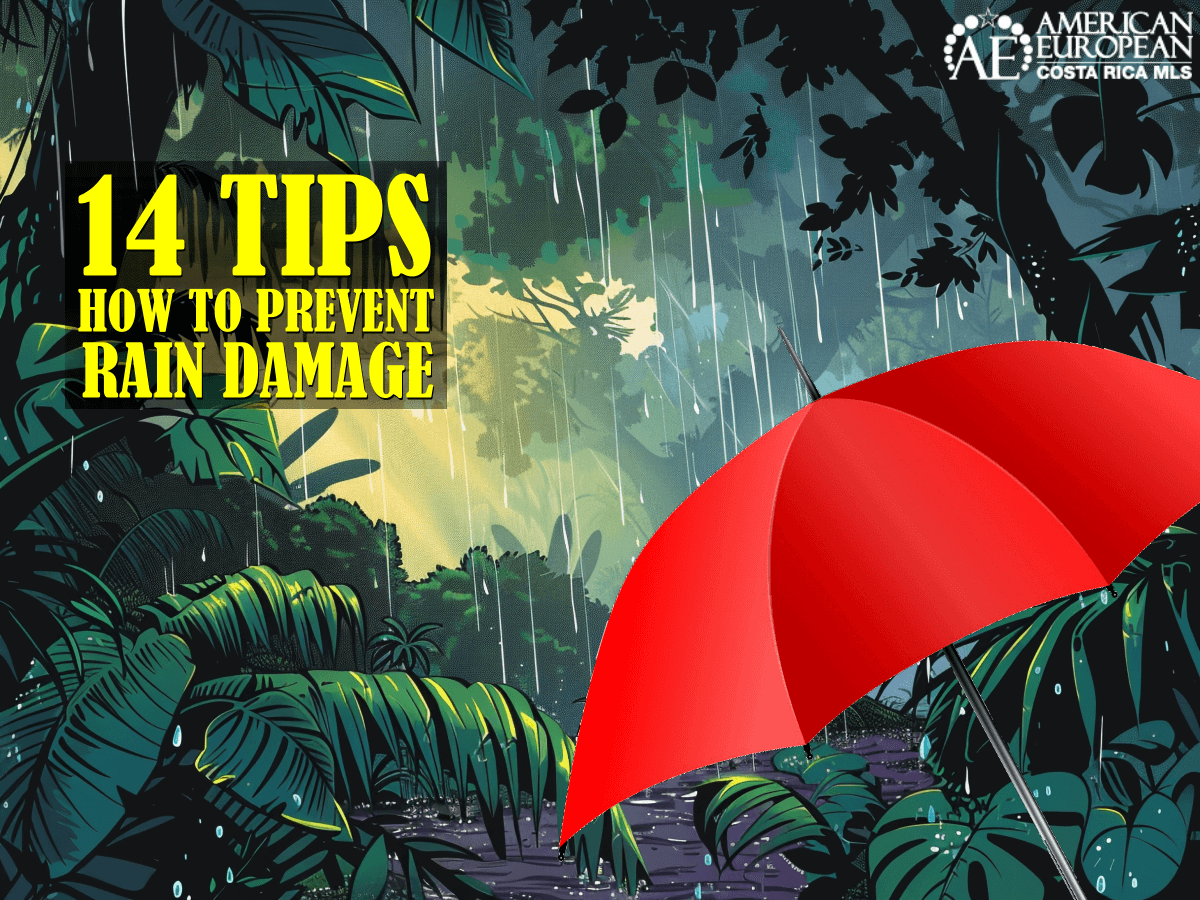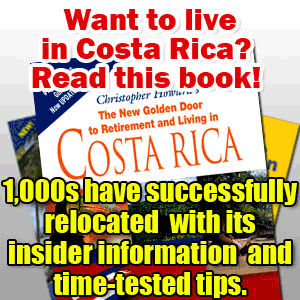Estimated Reading Time: 5 Minutes
How necessary is knowing everything about rain damage before you purchase property in Costa Rica, and how can you prevent it? The rainy season in Costa Rica starts in May and ends in November. The heaviest rainfall occurs during September, October, and part of November. So, yes, it rains quite a bit here.
The weather changes fast everywhere, even if you don’t believe in global warming. Rainfall in Costa Rica has doubled over the past two years. Therefore, as a responsible real estate broker, I listed 14 tips on preventing rain damage to your property as a guideline.
Properties often suffer from rain damage, which frequently occurs on other properties first (see the image below). Usually, property owners do not prevent rain damage but wait until it’s too late. Property buyers often do not pay attention to the surroundings of the property they are purchasing.

CNE
Costa Rica has a Committee for National Emergencies (Comisión Nacional de Emergencias – CNE). CNE was created to prevent risk and attend to national emergencies. And yes, indeed, they do attend to the national emergencies. However, there is never enough foresight, money, and planning for risk prevention. They give great recommendations on what to do when there is a landslide (in Spanish).
That said, every year, at the beginning of the Costa Rican rainy season,
- the same rivers overflow,
- the same mountains create mudslides
- and the same roads and highways suffer.
The result is a lot of rain damage, of course. If you want to live in Costa Rica, you had better get used to the rainfall here. It is what we have, part of that life that we love so much.
I needed this long introduction to make you understand that rain damage is a national situation. It is not something that will be fixed soon. So, when you buy a property in Costa Rica, all the above is essential to remember and use this rain damage prevention checklist.

Rain Damage Checklist
I will try to make a rain damage checklist of things you should look at when visiting a property. When you are unsure, get the opinion of a geologist, a structural engineer, or a home inspector. And I mean, who knows what he/she is doing and not a realtor who says, “It’s been here for 100 years, so why wouldn’t it be here for another 100?”. Don’t listen to salesmanship; listen to knowledge and expertise. The Costa Rican rainy season can do incredible damage; many buyers don’t even think about that.
14 Tips to Prevent Rain Damage in Costa Rica
- Check if there are any large rivers in the area, where they are located, and if these rivers have flooded the surrounding areas in the past.
- If there is a river bordering the real estate you’re looking to buy, ensure it is deep enough and that when something or someone blocks the river for some reason, the water can’t come your way.
- Check if a mountain or a hill is behind or to the property’s side. Look for signs of erosion. Make sure rainwater can get away quickly. Make sure the mountain can’t come down on you. If the slope is high up, go up there and check out the situation on top. Landslides go down, not up. If the property has steep or inclined topography, look for signs of erosion. Your neighbor’s property can fall on yours, or yours can fall on your neighbor’s.
- See if any water coming into the property from above or from the road can escape and keep it away from the house, especially when you are below the road level.
- If you need to build gutters or other infrastructure, you should use that information to negotiate the price. If you look for signs of water that washed soil away, you’ll find it if it’s there.
- Check the condition of the road to get to the property. Is there any damage to the road? And what kind of damages are there?
- Make sure the gutters and downspouts of the gutters, plus the storm drains, are well installed (use home inspector). Also, make sure the roof is in good health.
- Make sure the septic system won’t be underwater during the rainy season.
- Look for green spots and mold; that’s how you find the problematic areas inside and outside the house.
- Look at the retainer walls and see if there are any cracks.
- See if the house has earthquake cracks or sagging.
- You can fill cracks in walls easily most of the time. But if a property is on a fault line and the house is not built according to code, you’ll fill walls over and over for the rest of your life. A little paint will cover everything, but a good home inspector will be able to tell quickly if the property has any structural problems. Either erosion of the soil around or underneath the house or earthquakes can result from those cracks in the walls.
- Check if the rainwater has not caused erosion and has not already hollowed out the house underneath or touched the foundation (I have seen caves under a house).
- Ensure the power meter and electrical installation haven’t suffered water damage (home inspector).
- If you plan to buy in a gated community in Costa Rica, ensure the condo administration does all the infrastructure maintenance in time.
I think I have covered most of it. Feel free to email me any other suggestions.

Rainy Season Maintenance
After you buy the property and live in Costa Rica, don’t forget to check before the rainy season in Costa Rica starts:
- Clean out your storm drains or water drains all over the property
- Clean out your downspouts and gutters
Has this rain damage checklist been helpful? We’d love to have your business. Contact us now.
Main Image by freepik


















